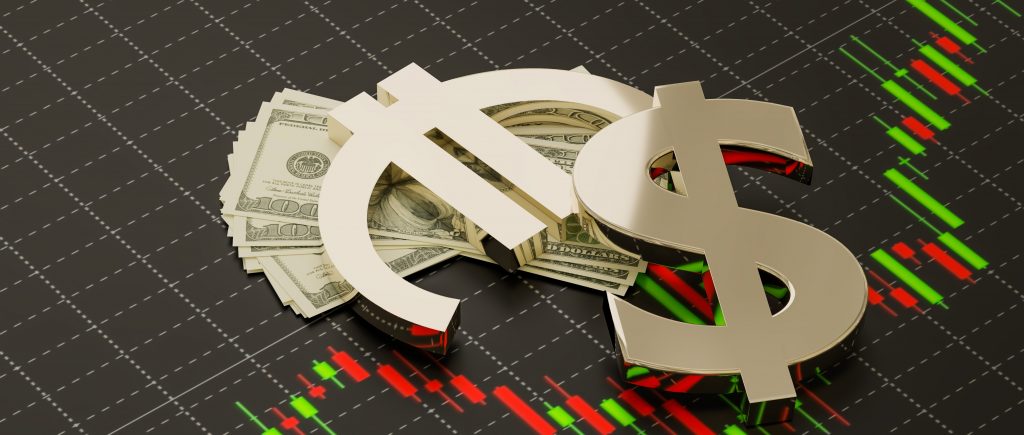The 150K weaker US labour market and nonfarm payrolls data that fell short of the 180K estimates, on Friday, does much to refuel a significant rally in the EUR/USD pair’s performance. With hiring slowing down and unemployment rising, there is growing speculation about Fed rate cuts in H2 2024.
Notwithstanding the European Union’s own economic downturn, the Euro gains from widespread US dollar’s weakness and a decrease in rate hike bets. During Friday’s North American session, EUR/USD pair rose as US data showed a looser US jobs market and nonfarm payrolls fell short of forecasts.
As a result, traders downplayed the likelihood of another rate hike by the Fed and instead projected reductions for the second half of 2019, which would be negative for the US dollar (USD). The major gains 1% and trades at 1.0726.
Profiting from the declining US dollar after the disappointing Nonfarm Payrolls, EUR/USD suggests that the Fed may be pausing its rate hikes. The US Department of Labour’s data on nonfarm payrolls indicated that hiring has slowed and that the jobs market is cooling, further weakening the US dollar.
Although the economy added a respectable 150,000 jobs in October, it fell short of 180,000 estimates and lagged behind the 290,000 jobs created in September. This gave rise to rumours that the Fed is done raising rates, along with increases in the unemployment rate and average hourly wage.
Moreover, the Services PMI exceeded the 50 contraction/expansion threshold, according to S&P Global and the Institute of Supply Management (ISM), albeit at a rapid decline towards the 40 handle.
With all this considered, the Federal Reserve’s decision to hold rates last Wednesday was justified because market participants appear to believe that there is no longer a need for rate increases. Despite Jerome Powell, the Fed’s chair, making hawkish comments. As a result, the US bond yield curve is declining, Wall Street is rising, and the value of the US dollar is declining.
Data-wise, the Eurozone economic calendar indicated that the bloc’s business activity is slowing down in the face of high inflation, which rekindled the stagflationary situation. Money market futures therefore predict that the ECB has completed its tightening cycle, which would probably weaken the Euro, but the EUR/USD pair is supported by widespread weakness in the US Dollar.

 Noor Trends News, Technical Analysis, Educational Tools and Recommendations
Noor Trends News, Technical Analysis, Educational Tools and Recommendations




